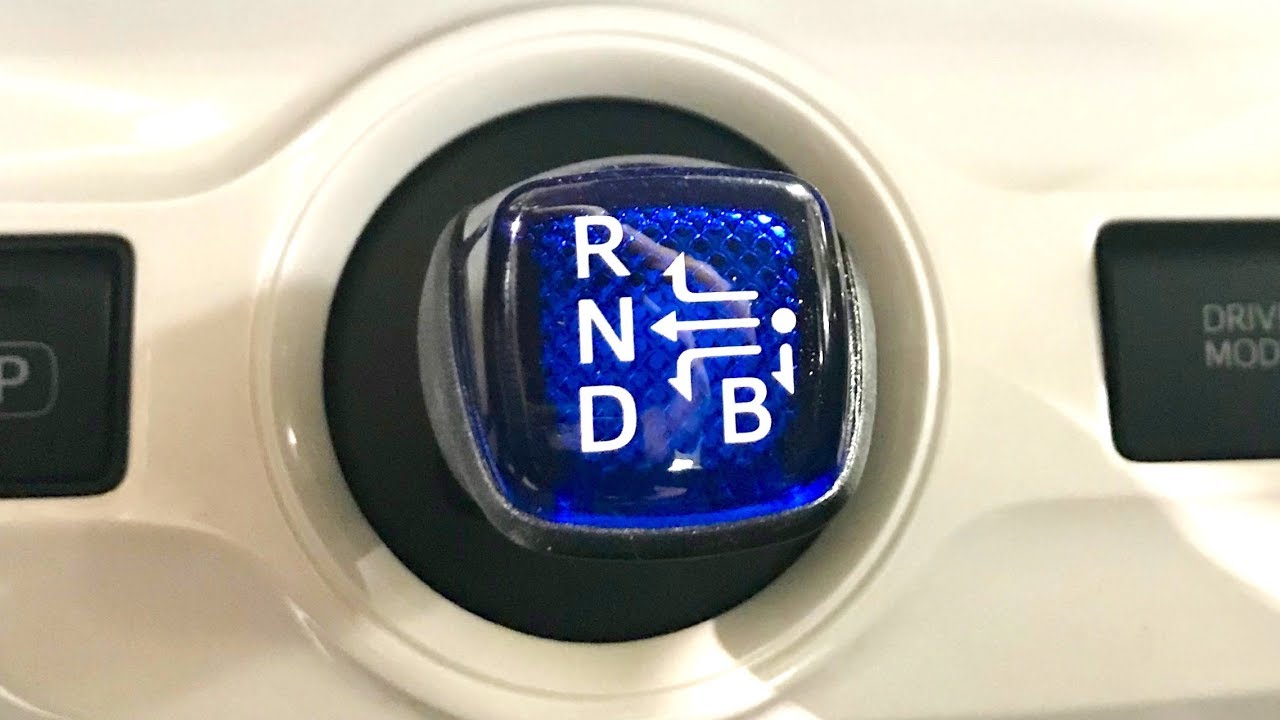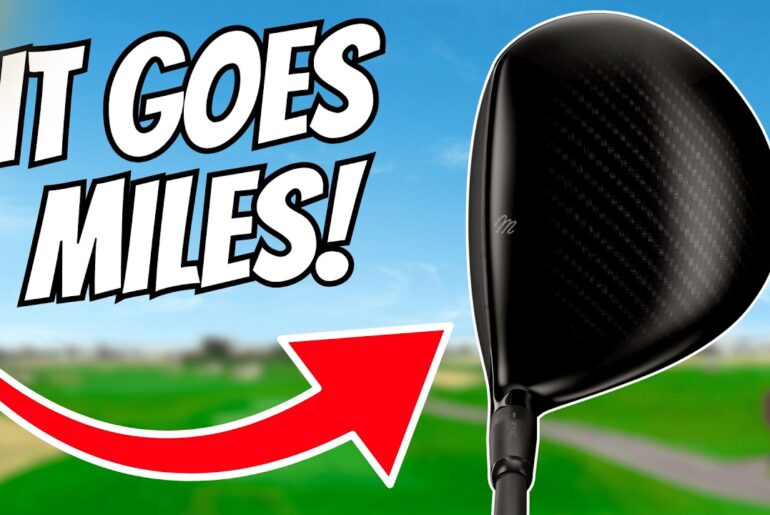Components involved at 0:50
Motor Rotor at 1:25
Motor Stator at 1:56
Stator connections at 2:15
Electromagnetic induction example #1 at 3:40
Electromagnetic induction example #2 at 5:19
PicoScope oscilloscope 3-phase stator output measurement at 6:20
PicoScope oscilloscope 3-phase stator output waveform interpretation at 8:50
MUST SEE! Electric motor loading (braking) example at 12:15
MUST SEE! Letting the smoke out at 14:10
Regenerative braking electrical/mechanical summary at 14:40
Transmission shifter “B” Braking position at 17:30
Negative torque at 18:28
MUST SEE! MG1 driving MG2 with 3-phase induced voltages at 19:39
Reverse motor rotation at 22:00
Low voltage efficiencies at 22:45
Video summary at 23:49
Hybrid and EV Regenerative Braking Systems
Weber State University (WSU) – Department of Automotive Technology – Ardell Brown Technology Wing – Transmission Lab.
This episode covers the transaxle portion of the regenerative braking systems found on most hybrid, plug-in hybrid, and electric vehicles. Regenerative braking systems use inverter controlled electric motor(s) alone or in conjunction with the hydraulic brake system to slow the vehicle.
There is also an inverter portion of regenerative braking. Without the inverter (through the drive IGBTs) providing an opposing voltage to the voltage induced in the motor stators during deceleration, the charge rate would be at a maximum (The path to the battery would be: motor stator, to diode rectifier bridge, to boost reactor coil (if equipped), to the battery).
The opposing voltage provided by the inverter can:
1. Cancel out the voltage induced on the MG stator (no battery charging).
2. Not oppose it at all (maximum battery charging).
3. Provide a variable voltage to partially oppose the voltage induced on the MG stator (acting like a variable resistance providing a variable battery charge rate).
This video helps cover content related to the 2017 National Automotive Technicians Education Foundation (NATEF) Master Automobile Service Technology (MAST) Standard task 5.G.2 “Describe the operation of a regenerative braking system.”
This topic is taught as part of our 4-year bachelor’s degree program. For more information on the Weber Automotive program, visit:
Special thank you to my friend, Matt Proctor, for the motor loading demonstration idea!
This video was created and edited by Professor John D. Kelly at WSU. For a full biography, see Donate to the Department of Automotive Technology at Weber state University here:







